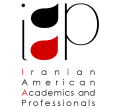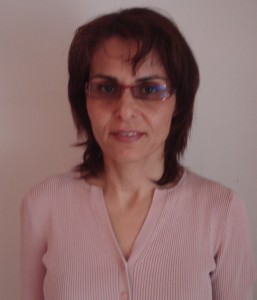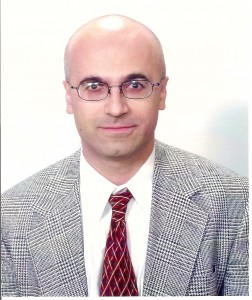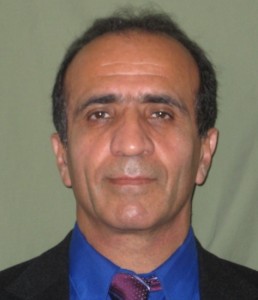Date & Time: Thursday June 10, 2010 – 7:30 PM
Location: Montgomery Community College (Rockville Campus) – Humanity Building (HU), Conference Room 009 ( Get Directions, Campus Map )
Embryonic stem (ES) cells are derived from the undifferentiated cells of the inner cell mass (ICM) of a developing embryo. These cells can be grown in culture, have the capacity for virtually unlimited self-renewal and can differentiate under the proper conditions into various tissues such as muscles or nerves. However, the possible differences in proliferation and differentiation capabilities among independently-derived embryonic stem cells (ESCs) are not well-known. Since stem cells are new resource and essential for successful cell replacement therapies; it is also essential to understand how the inherited variation in the sex, stage, quality and genetic background of embryos. Also, the environmental influence such as derivation methods and passage procedures can affect the ability of ES cell lines to self-renew and to differentiate. To address this question, a side-by-side comparison between three hESC lines NIH registered hES cell lines I3 (TE03), I6 (TE06) and BG01V was made under the same culture conditions that may reduce influence from environmental and methodological factors to a minimum level. Then the differences we found between the three cell lines may be due to the genetic variation and epigenetically inherited alterations from previous culture history.
Tahereh Tavakoli is a scientist who works for the American Type Culture Collection. She has a master’s degree in science and she has worked in cell biology, developmental biology and molecular biology. Her main research interests have been focused on developmental biology, particularly in stem cell biology and stem cell-based tissue engineering. Over the last several years she accomplished several major research projects and published several papers such as the Role of ECM in directed neural differentiation of human ES cells, Stem Cell-based neural tissue engineering and the understand of how cells can be structurally organized into a functional tissue, Comparative analysis of proliferation and differentiation capabilities between hES cell lines, and identifying stomral factors such as dopaminergic Neuron in differentiation of human pluripotent stem cell. She is a member of International Society for Stem Cell Research and neuroscience. During her free time, she reads, swims and hikes.
Fee (including dinner): $5 Students, $15 Public



